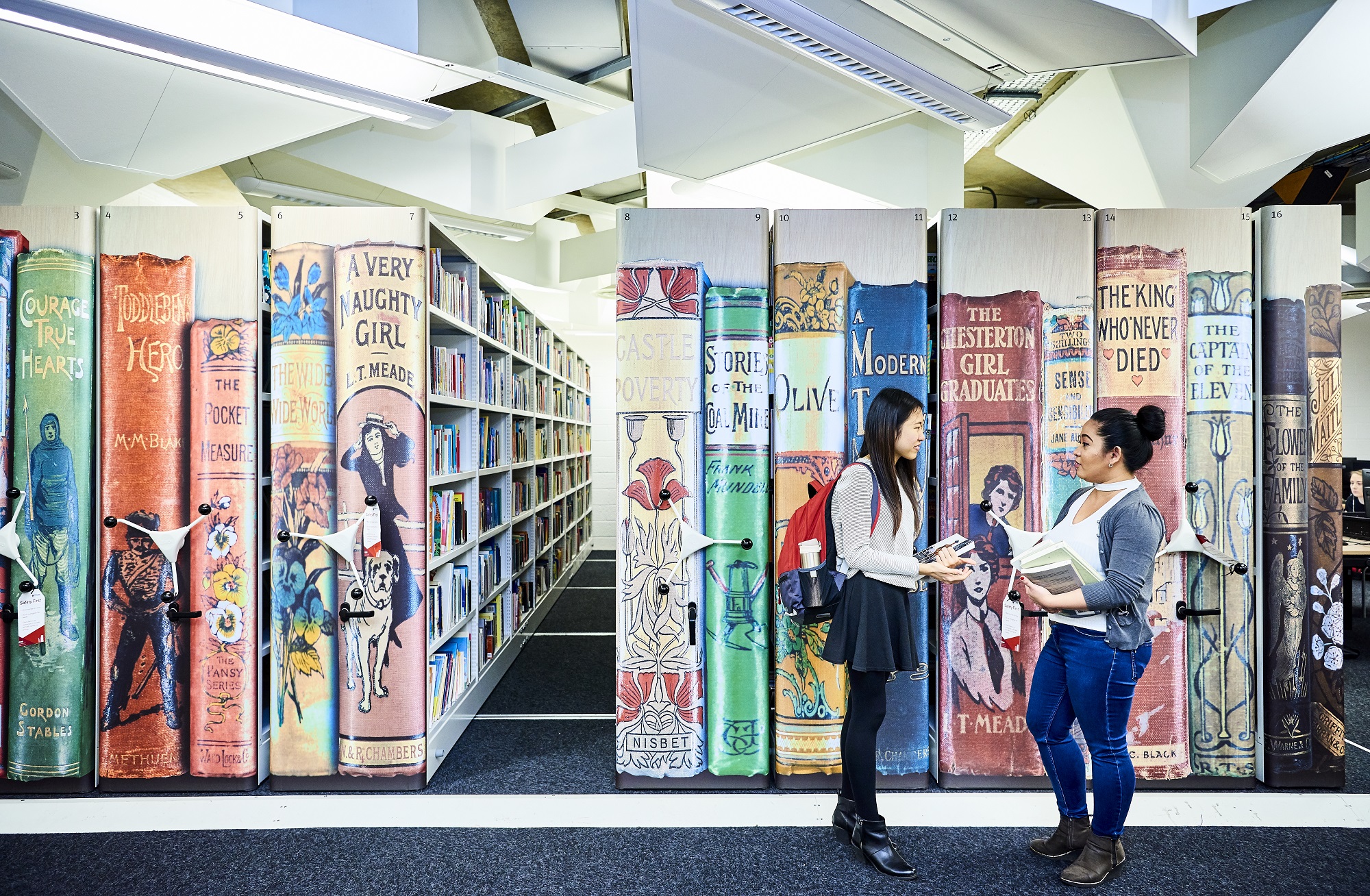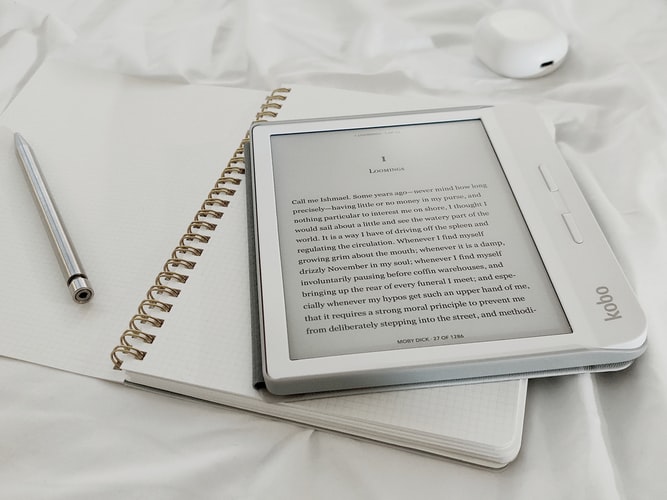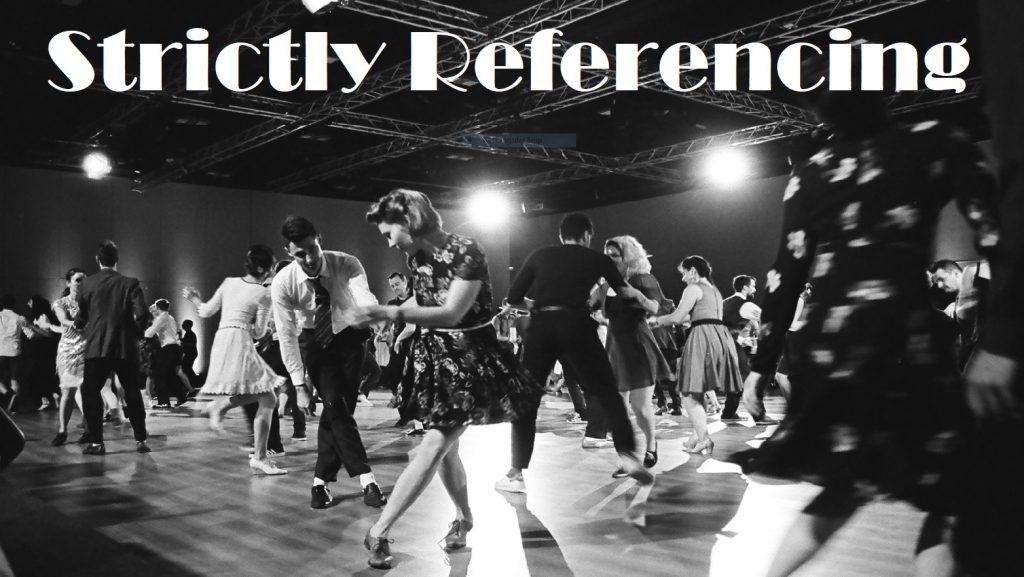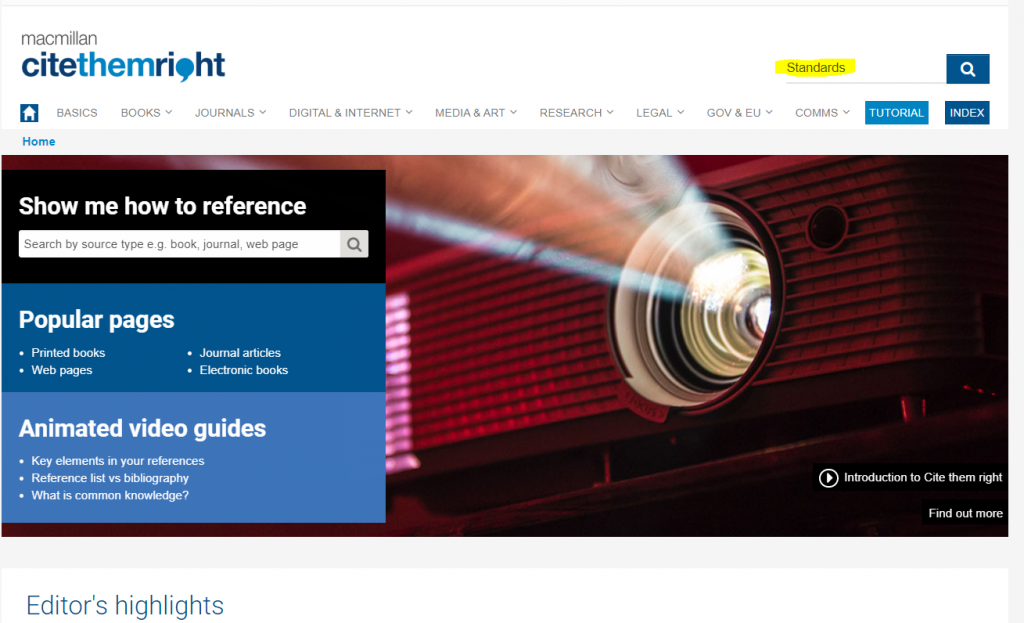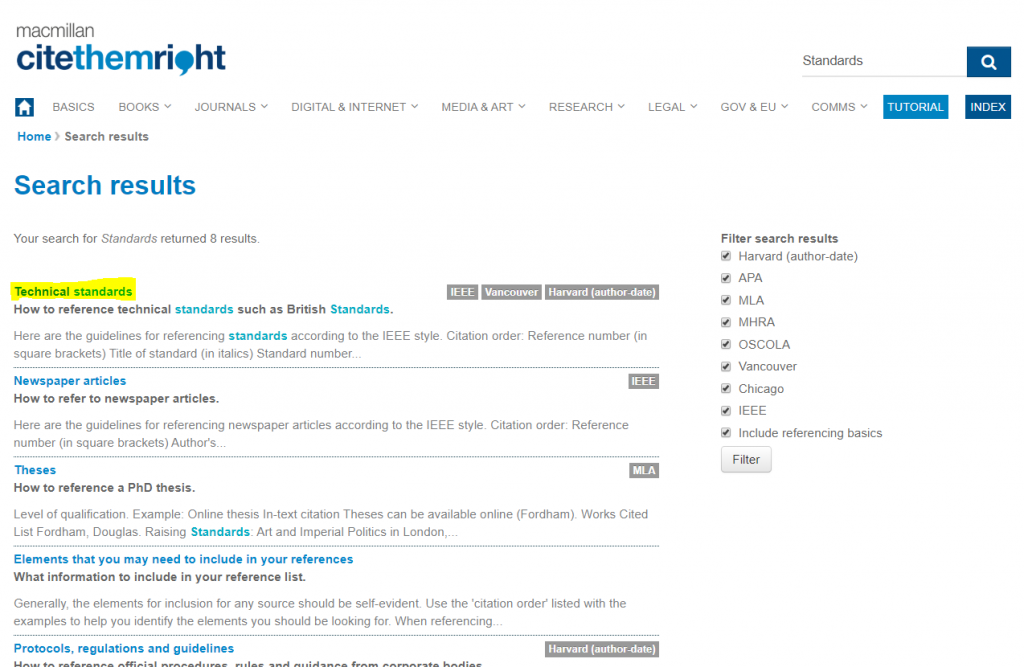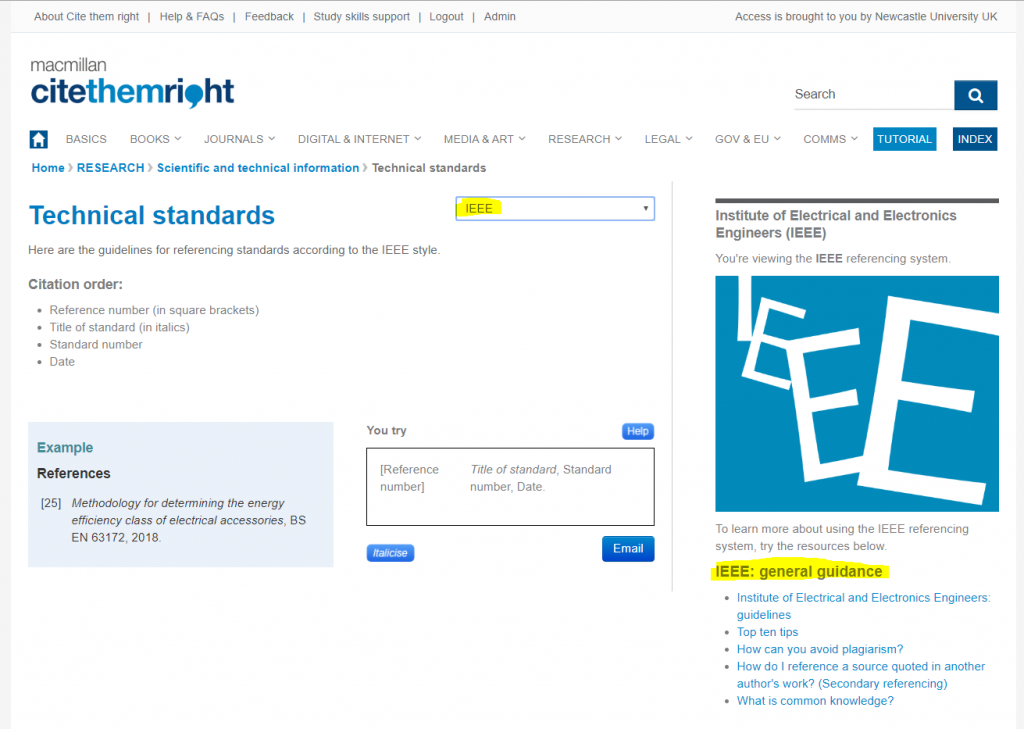
If you are looking for information on cutting edge research and development to aid your studies there are a range of online resources available via Library Search.
Nature Communications is an open access, multidisciplinary journal dedicated to publishing high-quality research in all areas of the biological, health, physical, chemical, and Earth sciences. When exploring the content of Nature Communications you will find current research articles, reviews, and analysis, together with news, comments, FAQs, and editorials. Hot topics are brought together in collections like ‘Research in support of COP26’ and ‘Clean Air’ which can be extremely useful when thinking about literature and systematic reviews.
CAB Abstracts is a bibliographic database that covers significant research and development literature in the fields of agriculture, forestry, human health, nutrition, animal health, and the management and conservation of natural resources. Using targeted searching and filtering in CAB Abstracts will enable you to find information on current hot topics like climate change and Covid-19. It’s not all just about journal articles either, you will find access to videos, letters, conference proceedings, books, and reports. Collating this information and adding it to your reference management library will also help to broaden the scope of your research into a topic.
So, next time you see a hot topic related to your research appear on your social media feed, or in your favourite newspaper, head over to Library Search and use these resources to help you find out more about the current academic research and discussion.
